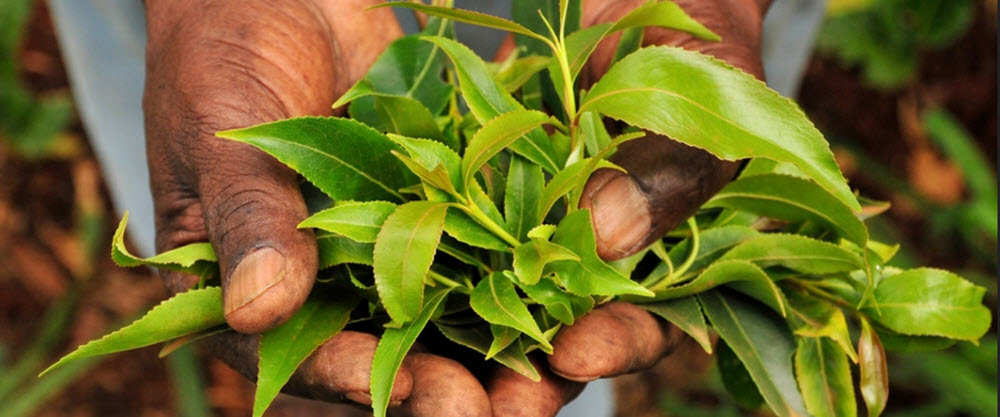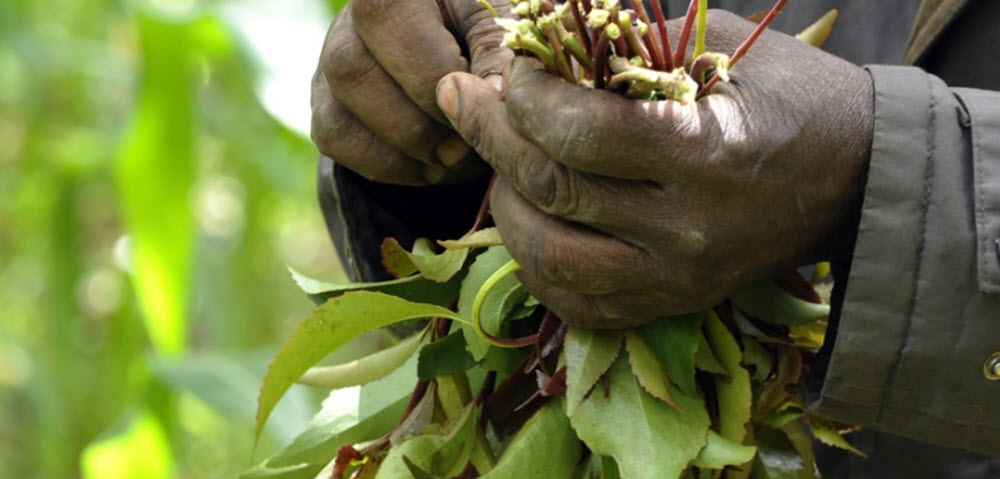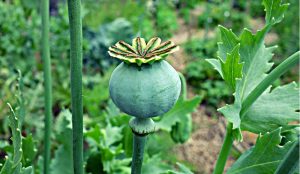Khat (Catha edulis) is a slow-growing shrub or tree native to the Horn of Africa and the Arabian Peninsula. Within this region, there is a long tradition of chewing khat for its stimulating, euphoric and hunger-suppressing effects.
The euphoria and excitement brought on by khat chewing have been compared to the effects of drinking strong coffee.
The legality of khat varies from one country to the next. In 1980, the World Health Organization classified it as a drug of abuse that can produce psychological dependence.

Cathinone
Khat contains the monoamine alkaloid cathinone, which is believed to be the main contributor to the stimulant effect of Catha edulis.
Cathinone, also known as benzoylethanamine and β-keto-amphetamine, is chemically similar to cathine, methacathinone, ephedrine, and other amphetamines.
Cathinone differs from many other amphetamines by having a ketone functional group. In this sense, it is more similar to MDPV, mephedrone and bupropion.
Cathine
Cathine, also known as d–norpseudoephedrine and (+)-norpseudoephedrine, is a psychoactive substances found in Catha edulis. It is believed to contribute to the overall effects of khat chewing.
Cathine has roughly 10-15% of the potency of the medicine Adderal.
Names
The Arabic name is ات,, which can be romanized in various ways, including qāt, qat, khat, kat, quatt, and ghat.
In the African Great Lakes region, it is known as miraa, muhulo and muirungi.
Other examples of names: Arabian tea, Abyssinian tea, Somali tea, Bushman´s tea (in South Africa), Chat tree, Flower of Paradise, Jimaa (in the Oromo language), Kafta
Effects and side effects
Short-term
- Euphoria or uplifted mood
- Increased alertness and concentration
- Anti-fatigue / insomnia
- Arousal
- Increased confidence
- Talkativeness and verbosity
- Friendliness
- Thought disorder
- Manic behaviours
- Hyperactivity
- Dilated pupils
- Increased heart rate
- Increased blood pressure
- Loss of appetite
- Constipation
Long-term
Long-term use of khat increases the risk of tooth darkening, a greenish tinge of the teeth, ulcers, low libido, depression, heart attack, and oral cancers. There is also a somewhat increased risk of psychosis for those with an existing vulnerability.
Legality
Production, sale, possession and consumption of khat is typically legal in countries with a long tradition of khat chewing. This is, for instance, the case in Djibouti, Ethiopia, Kenya, Somalia, Uganda, and Yemen. In Yemen, it is legal but strictly regulated.

A few examples from Europe
Many European countries banned khat in the late 20th century or early 21st century. Examples of European countries where khat is illegal are Belgium, Denmark, Finland, France, Germany, Iceland, Ireland, Italy, the Netherlands, Norway, Poland, Romania, Slovenia, Sweden, Switzerland, and the United Kingdom.
A few examples from Asia
Khat is illegal in many Asian countries, including Bangladesh, China, Indonesia, Malaysia, the Philippines, Saudi Arabia, Thailand, and the United Arab Emirates.
In Israel, khat (called gat) is legal in its natural form. Distillation and similar procedures make it illegal. Gat is consumed mainly by Yemenite Jews and is chiefly grown in private gardens.
History
The tradition of chewing khat is believed to be several thousand years old within parts of the plant´s native range. Examples of countries with an ancient tradition of khat chewing are Djibouti, Ethiopia and Somalia in the Horn of Africa.
The earliest known documentation of khat is found in the Kitab al-Saidala fi al-Tibb, a medical text written by the Persian scientist Abu Rayhan al-Biruni in the 11th century AD.
Several religious groups in northern Africa and the Middle East have included khat in their religious practises. It was for instance considered a sacred substance by certain imperial cults of Ancient Egypt, and Sufis (Islamic mysticists) have a tradition of using khat to intensify their mystical experiences.




